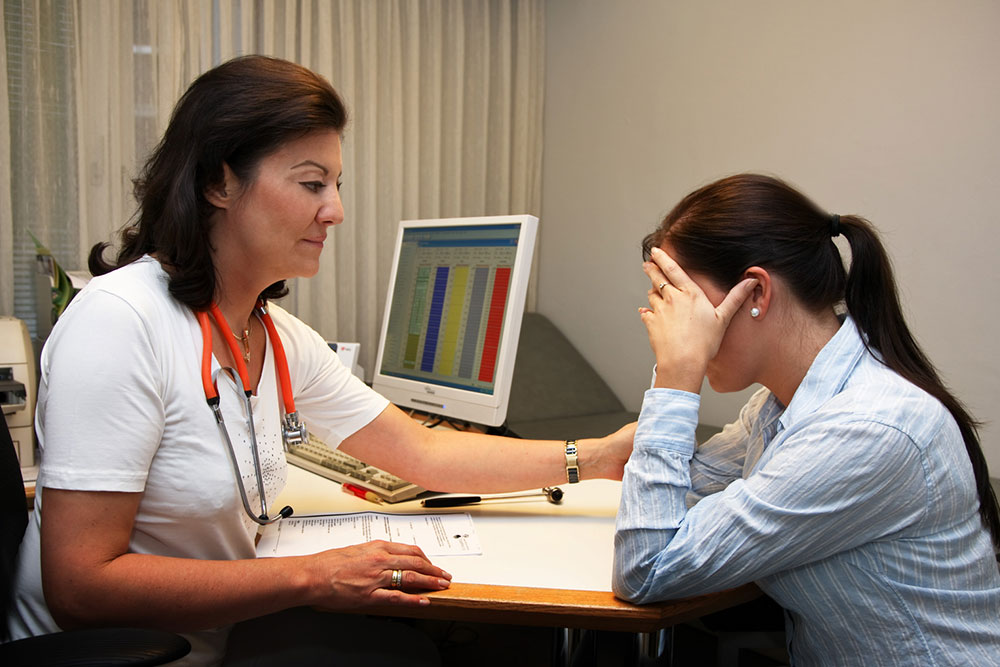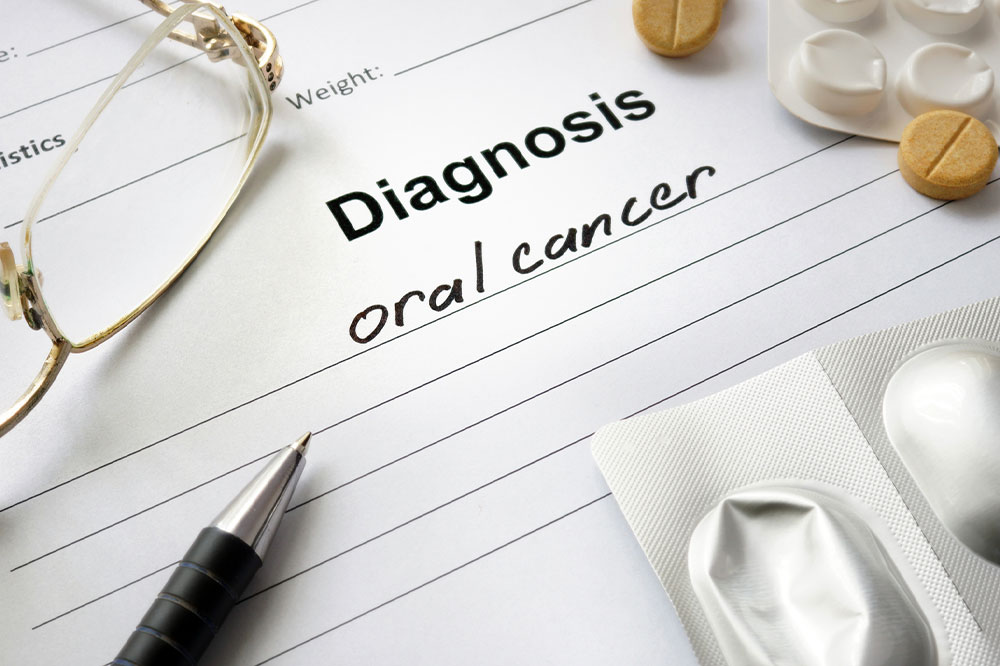Comprehensive Guide to Ovarian Cancer: Causes, Symptoms, and Modern Treatment Strategies
This comprehensive guide explores ovarian cancer, detailing its causes, early signs, risk factors, and effective treatment options. Understanding symptoms and advances in diagnosis and therapy are essential for early detection and improved survival outcomes. The article emphasizes the importance of awareness and proactive health measures to combat this challenging disease, providing valuable insights for women and healthcare providers alike.

Comprehensive Guide to Ovarian Cancer: Causes, Symptoms, and Modern Treatment Strategies
Ovarian cancer is a serious and often insidious disease characterized by the uncontrolled growth of abnormal cells within the ovaries, which are vital reproductive organs in women. These irregular cells can form malignant tumors that have the potential to invade nearby tissues and, if left untreated, spread to distant parts of the body—a process known as metastasis. Understanding ovarian cancer’s causes, recognizing its early signs, and exploring available treatment options are essential steps toward improving prognosis and quality of life for affected women.
The ovaries play a crucial role in female reproductive health, responsible for producing eggs necessary for conception and secreting hormones such as estrogen and progesterone that regulate menstrual cycles and support overall health. When ovarian cells become cancerous, the disruption can lead to significant health challenges, including complex treatment pathways and emotional strain. According to cancer statistics from 2017, over 22,000 women were diagnosed with ovarian cancer nationwide, and nearly 14,000 succumbed to the disease, highlighting the importance of awareness, early detection, and timely intervention.
Although the precise cause of ovarian cancer remains elusive, research has identified several risk factors that might predispose women to developing this disease. These include a strong family history of ovarian, breast, or related cancers, personal history of breast or uterine cancers, obesity, prolonged use of hormone replacement therapy, childlessness or not having pregnancies, and increasing age, particularly after menopause. Nonetheless, it’s crucial to note that ovarian cancer can develop without these risk factors, and having risk factors does not necessarily mean a woman will develop the disease.
Early detection of ovarian cancer is often challenging because initial symptoms are subtle and easily mistaken for less serious conditions. Recognizing warning signs and understanding risk factors can enable women and healthcare providers to act swiftly, improving chances for successful treatment. Common early symptoms include persistent lower abdominal or pelvic pain, persistent back pain, indigestion or bloating, feeling full quickly during meals, frequent urination, discomfort during sexual activity, and constipation. As the disease progresses, additional symptoms like unexplained weight loss, poor appetite, nausea, persistent fatigue, and shortness of breath may emerge, indicating more advanced stages of the disease.
Effective treatment strategies for ovarian cancer depend heavily on the stage of diagnosis and overall health of the patient. Surgical intervention is often the primary approach, aiming to remove visible tumors and affected tissues. Depending on the extent of disease spread, procedures may include salpingo-oophorectomy (removal of affected fallopian tubes and ovaries), hysterectomy (removal of the uterus), lymph node dissection, and cytoreductive (debulking) surgery to eliminate as much tumor mass as possible. These surgeries are critical not only in controlling disease progression but also in preparing the patient for adjunct therapies.
Chemotherapy is a cornerstone of ovarian cancer treatment, targeting residual cancer cells that cannot be surgically removed. Usually administered in multiple cycles, chemotherapy helps shrink tumors, reduce staged progression, and decrease the recurrence risk. However, chemotherapy often comes with side effects such as hair loss, nausea and vomiting, anemia, sores in the mouth, diarrhea, and decreased appetite, which can significantly affect quality of life.
Hormone therapy offers another treatment avenue by blocking the effect of estrogen—known to fuel some ovarian cancers—thereby slowing or halting disease progression for hormone-sensitive tumors. Side effects of hormone therapy include weight gain, headaches, and fatigue, which need to be managed effectively. In rare cases, radiation therapy may be used, primarily to palliate symptoms or control localized disease, though it is not a standard treatment modality for ovarian cancer due to its limited effectiveness and potential side effects like dry mouth, mouth sores, and jaw stiffness.
Early diagnosis dramatically improves the likelihood of successful treatment and longer survival rates. It also helps maintain better quality of life and reduces the physical and emotional burden on patients. Advances in imaging techniques, tumor markers, and genetic testing continue to enhance early detection capabilities. Additionally, ongoing research into personalized medicine and targeted therapies promises more effective and less invasive options in the future.
While ovarian cancer remains a formidable health challenge, increased awareness, proactive screening, and advances in medical technology are making significant strides in combatting this disease. Women are encouraged to consult healthcare professionals if they experience persistent, unusual symptoms or have a family history of related cancers. Regular gynecological check-ups, maintaining a healthy weight, managing hormonal therapies responsibly, and understanding one's genetic risk are all vital steps toward prevention and early intervention. With ongoing research and improved treatment standards, there is hope that more women will overcome ovarian cancer and enjoy healthier, fulfilling lives.





